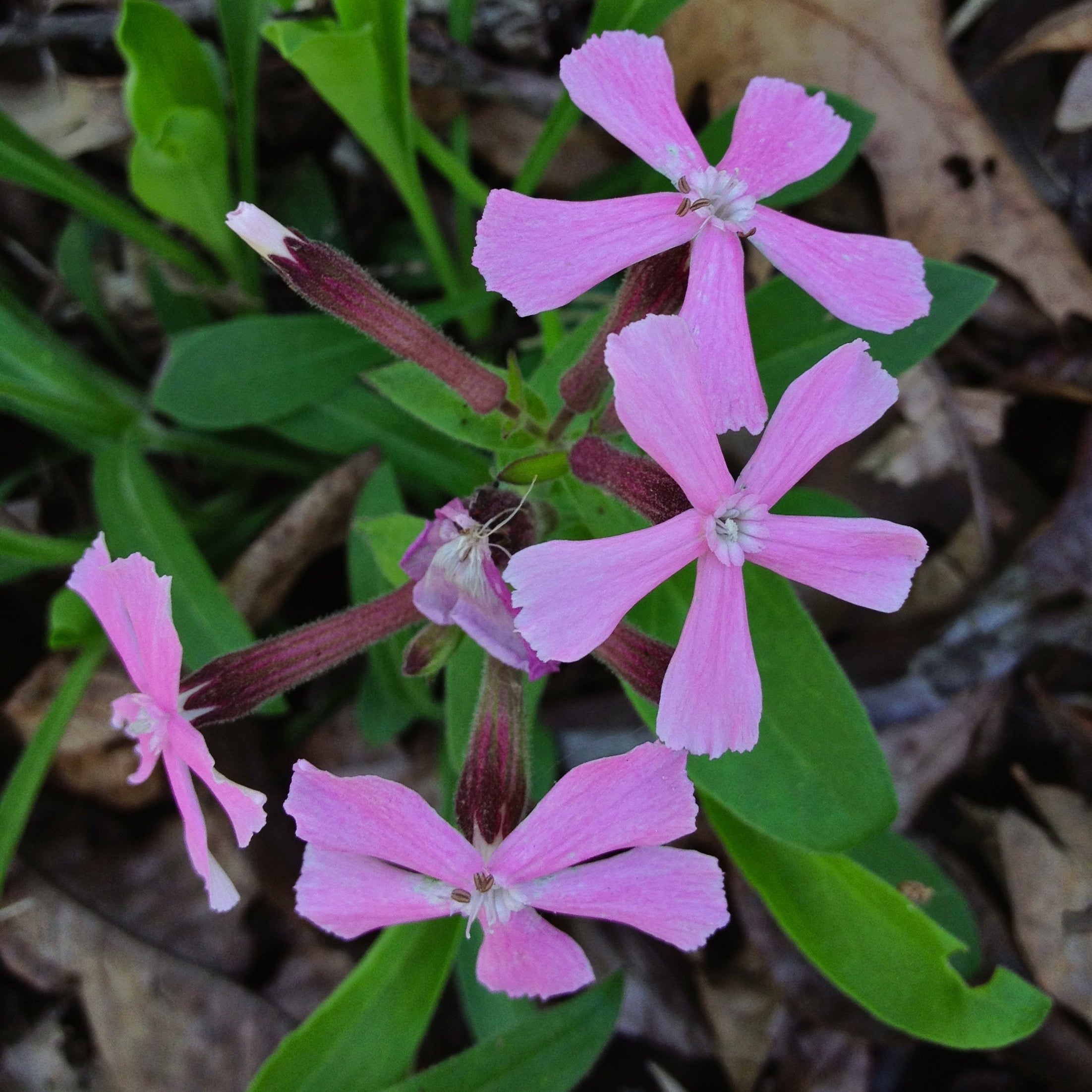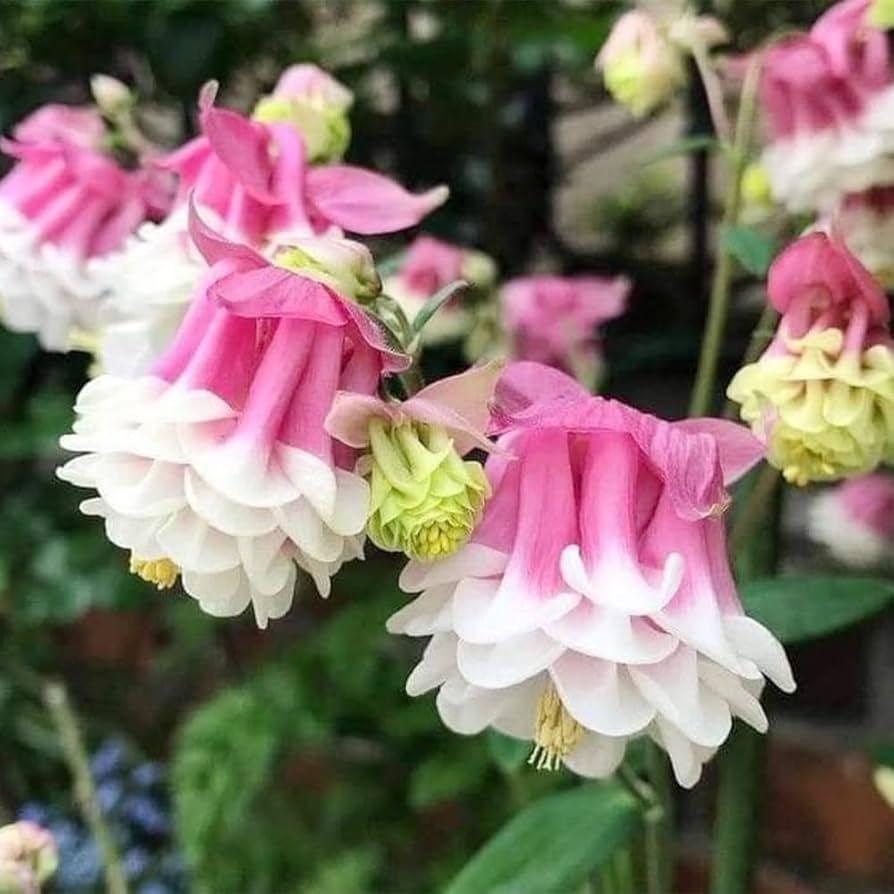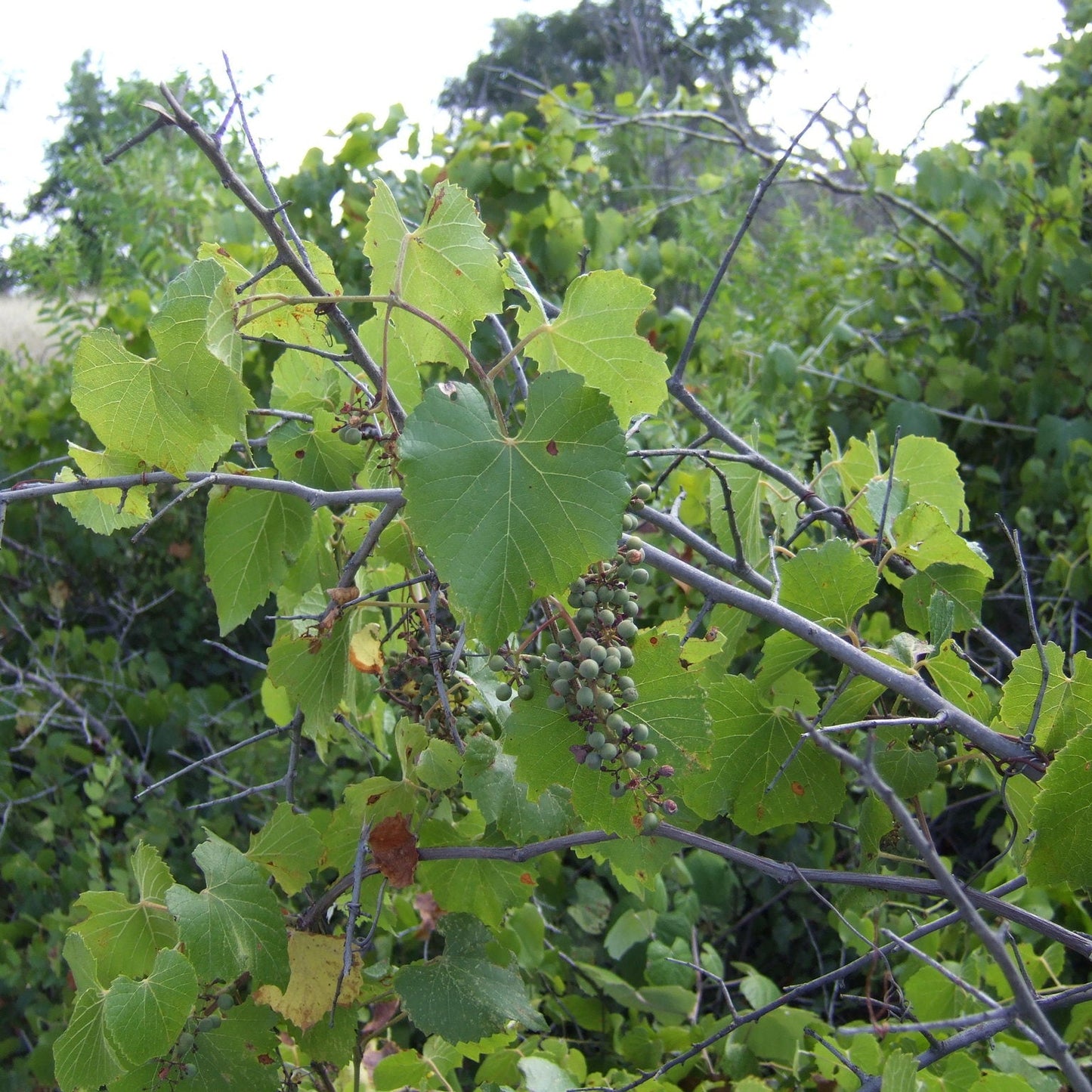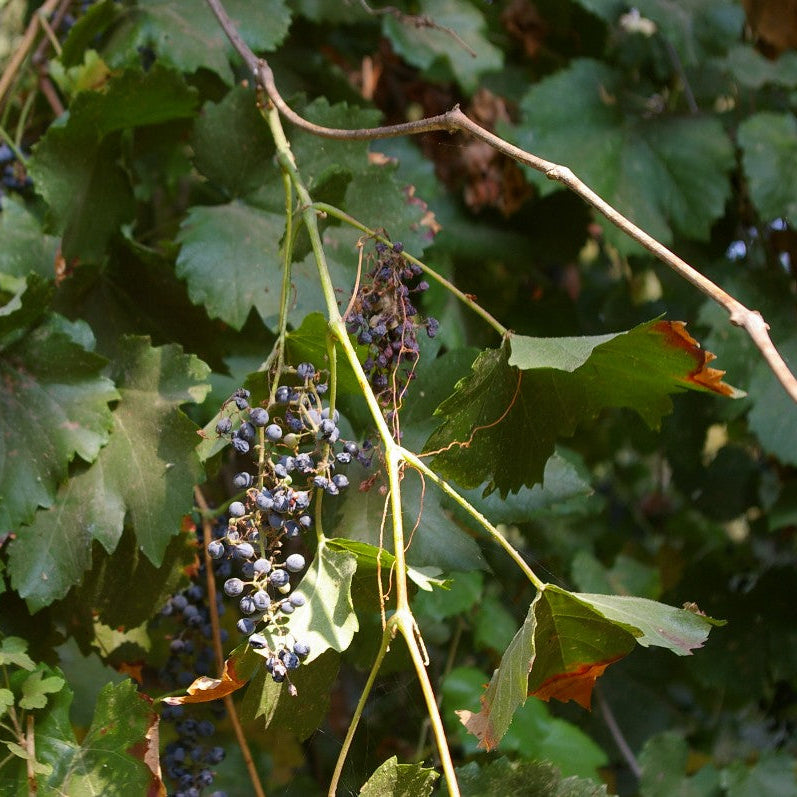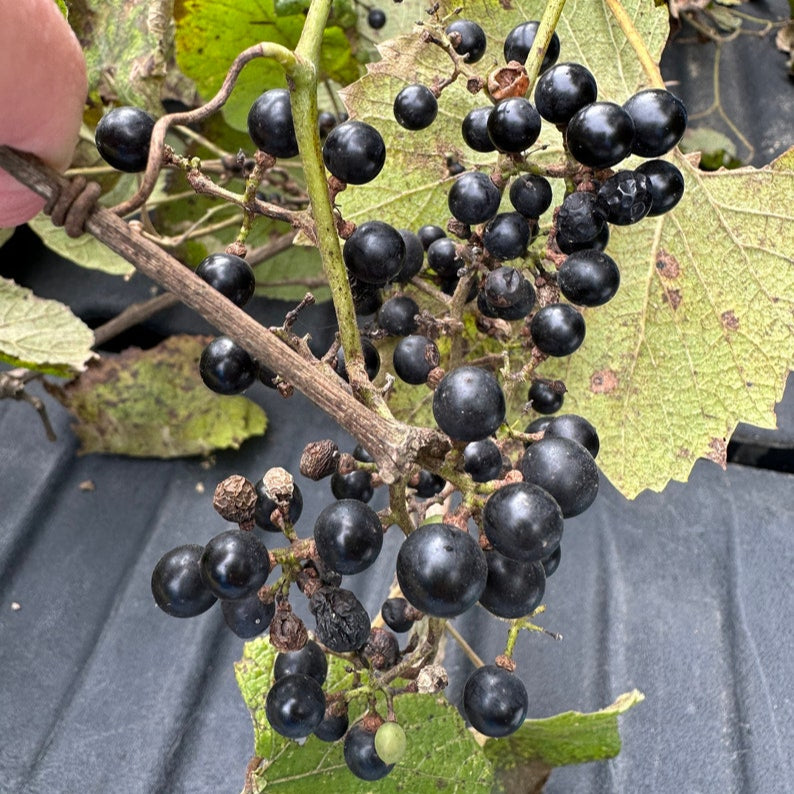Shopping cart (0)
-
Black Dragon Rose Flower Seeds for Planting – Heirloom, Non-GMO, Easy to Grow, Perennial
Regular price Rs. 1,400.00Sale price Rs. 1,400.00 Regular priceUnit price / perSale Sold out -
Open Mouth Bonsai Lotus Flower Seeds for Planting – Heirloom, Non-GMO, Easy to Grow, Perennial
Regular price Rs. 1,400.00Sale price Rs. 1,400.00 Regular priceUnit price / perSale Sold out -
Silene Caroliniana Flower Seeds for Planting – Heirloom, Non-GMO, Easy to Grow, Perennial
Regular price Rs. 1,400.00Sale price Rs. 1,400.00 Regular priceUnit price / perSale Sold out -
Regular price Rs. 1,400.00Sale price Rs. 1,400.00 Regular priceUnit price / perSale Sold out
Subtotal (0)
Rs. 0.00


